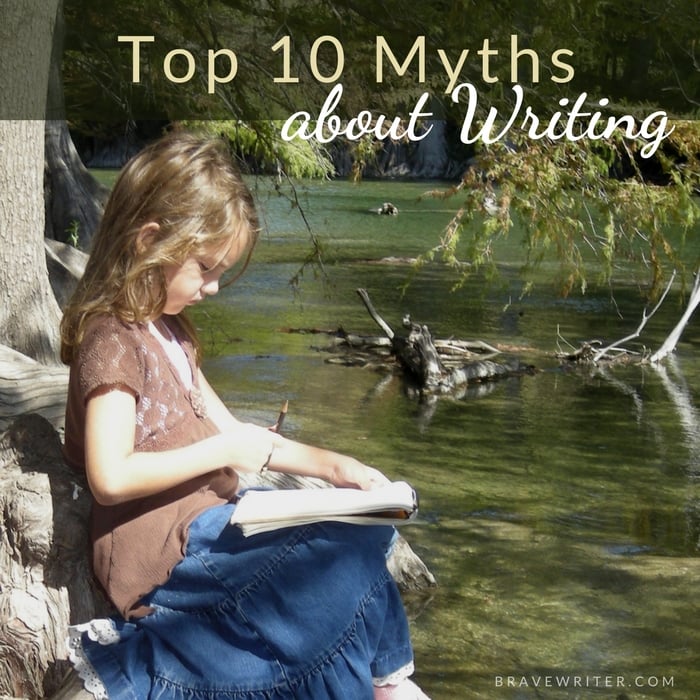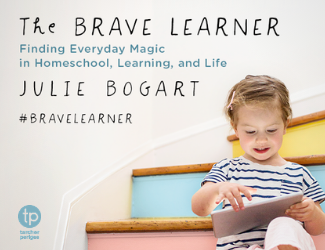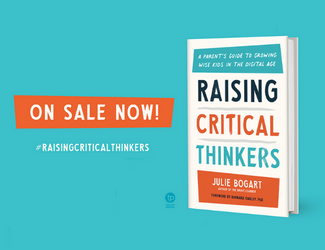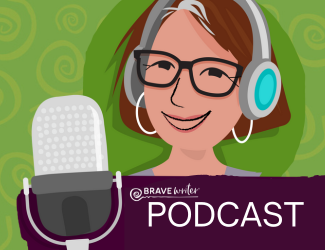Top 10 Myths about Writing

Here are the top 10 myths about writing:
1. Writing is entirely different from speech.
Not so. Speech is the source of voice—writing voice comes from being in touch with how the writer generates language and insight. These are first experienced in speech and then modified and expanded for writing. Valuing speech (even jotting some of it down for your fledgling writers) helps kids learn to value their thought lives, which in turn helps them to know what should be on the page/screen. Tell your kids that what is in their heads, what they might say aloud IS what you want to see on their papers. Once it’s there, you can mess with it.
2. Formats help kids know what and how to write.
Nope. Formats act like straight jackets. They tell children too quickly what can’t be included. Formats require a well planned outline and the ability to hold sequence and detail in the mind before writing anything at all. The best use of formats is after a period of freewriting and revising (revising the content to make it pop or feel more complete). Then the sentences can be rearranged to suit a format. But start with freedom and revise to format. Never start with format.
3. Write every day.
My revision of this idea is: Interact with writing every day. Some days read it, some days copy it in your own hand, some days use bits for dictation or word play, some days play a word game, some days revise a draft, some days edit a revised draft. And, of course, on some days, write from scratch! It’s exhausting to come up with original thought through original language every single day. Don’t require that of your kids. Engage language every day and they’ll be just fine.

4. Imitate the masters.
Imitation is challenging for 4th graders. And 12 year olds. And grown ups! The pressure to “outdo Aesop” is unnecessary. Read the masters. Use their quotable quotes for copywork and dictation. Allow their writing styles to naturally infiltrate your own. But do not deliberately try to write like your favorites (except for fun, fan fiction, or as a language play tool). You want to sound like YOU in your writing, but you also don’t mind if you pick up a bit of a JK Rowling accent or a little EB White on the side.
5. Use a thesaurus to enhance the vocabulary in a piece.
Please don’t do this for more than a word or two (best to use the thesaurus when you are trying to replace a term that repeats itself). Instead, when you see a word that is weak, consider replacing not just the word, but the sentence. Add detail, include an experience, expand the idea, create an analogy. Weak writing is not improved by better vocabulary. It is improved by more writing.
6. Adverbs add a layer of sophistication (the old “ly” words).
The best stylists advise removing every word that ends in “ly.” The use of adverbs is seen as “lazy writing.” For instance, “Instantly, she jumped from her seat.” The jumping is already an expression of “instantaneous action.” Delete the adverb, add power: “She jumped from her seat!”
In academic writing, “ly” words can be covers for an explanation of the fact. “The study positively shows the effects of the drug.” Better to make it clear—are the effects positive or is the study reliable? “The study shows that the effects of the drug are positive when taken with x, y, and z” or “The study showcases the effects of the drug by using hard data, not only anecdotes.” To review: weed out adverbs to enhance the power of your writing. Ask yourself: “What do I want to say with this adverb?” Then say it!

7. There is no place for “I” in academic writing.
Not so! Ever since the revolution of postmodernity in the academy, the humanities (in particular) allow writers to indicate their “social location” (to explain who they are and how they relate to the topic for writing, if relevant). It is commonly understood today that writers bring bias and personal experience to their research. It’s important to be explicit about how those biases and experiences impact the writer’s position. The use of “I” is limited to writing about personal experience, not used for “I think” or “I believe” writing.
8. If you paraphrase, you don’t have to cite where the idea comes from.
Reverse the sentence. Paraphrasing requires citation just like direct quotes require citation. Always give credit—you can’t overdo it.
9. To grow as a writer, start your day by journaling.
Journaling is not necessary for growth in writing. Writing is. Any kind of writing. Facebook, twitter, texting, papers, stories, and journaling. The only people who should keep a journal are those who wish to. Journaling need not be done in the morning, either (what’s happened in the day to write about by 9:00a.m.?). Journaling before bed is a nicer time to record the day’s thoughts. Journaling only about special occasions, or when life is painful is equally valid to the “daily diary.” Let journaling be the individual’s choice.
10. Do not help your child write; it all must come from him/her.
This is my favorite myth to bust! No child learned to speak in isolation or without scripts given to that child to repeat. Likewise, it is entirely too challenging for children to go from barely reading and handwriting to transcribing their own thoughts all the time. It’s perfectly fine for you to jot things down for them, or to dictate their own words back to them as they write, or for the final product to be a mixture of your words and theirs. This is how every other practice in a child’s life happens—your help until they can do it alone. Writing works the same way.
Go forth and support good writing practices!
Top image by Brave Writer mom, Lisa

















